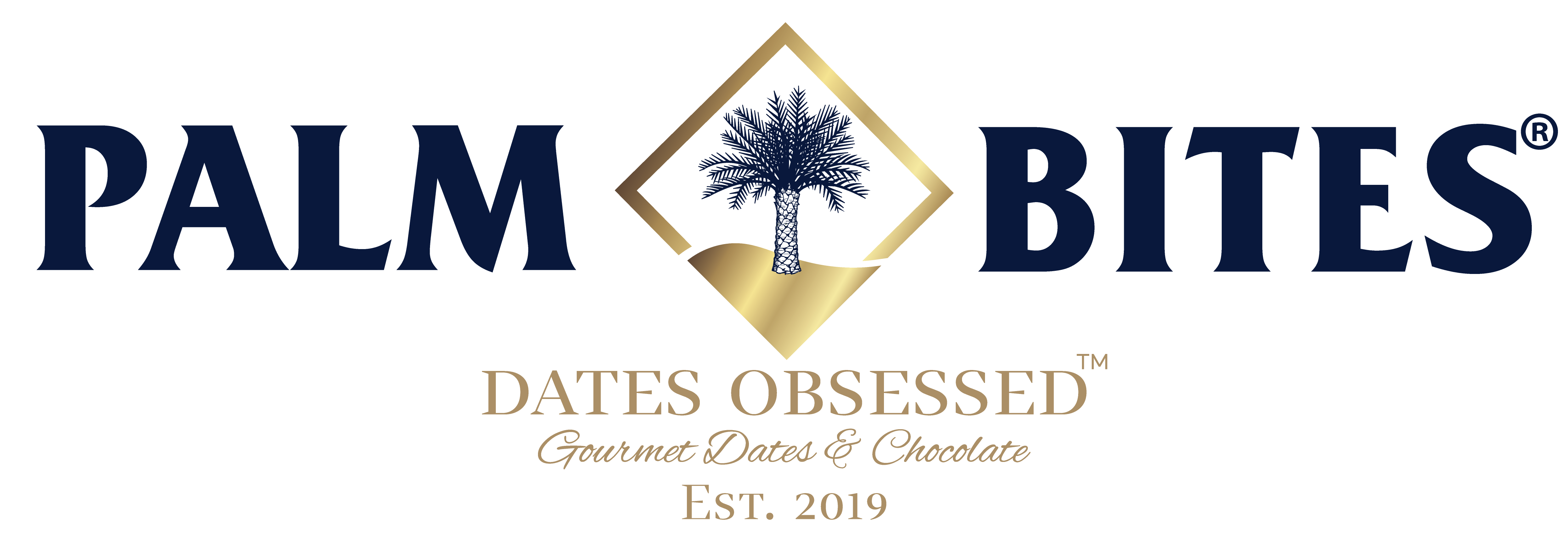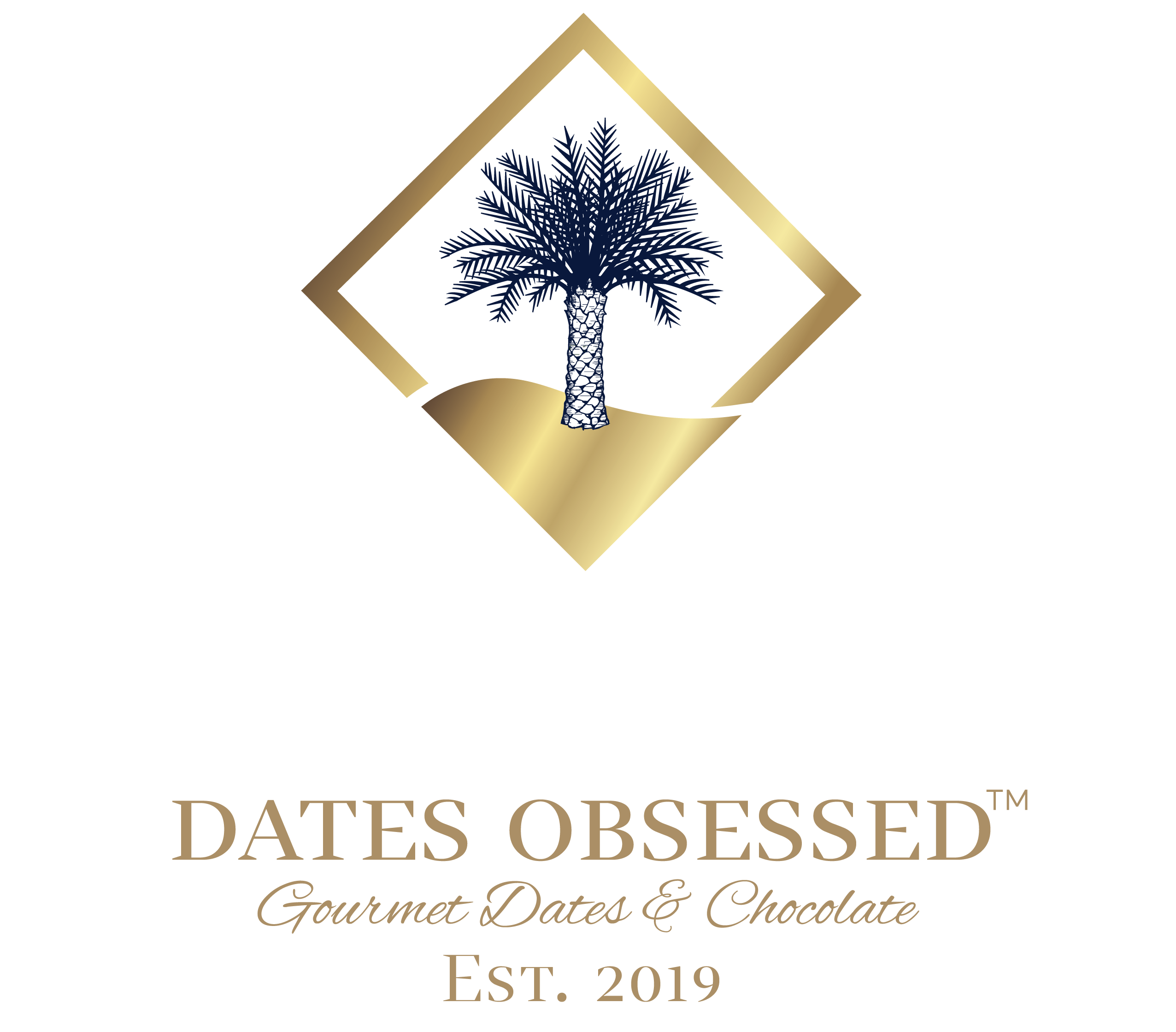Sources
- https://food-guide.canada.ca/en/guidelines/
-
Date. FoodData Central. U.S. Department of Agriculture. Published October 30, 2020.
-
Alkaabi JM, Al-Dabbagh B, Ahmad S, Saadi HF, Gariballa S, Ghazali MA. Glycemic indices of five varieties of dates in healthy and diabetic subjects. Nutr J. 2011;10:59. doi:10.1186/1475-2891-10-59
-
Studying the health benefits of dates. Weill Cornell Medicine-Qatar. 2016.
-
El Abed H, Chakroun M, Abdelkafi-Koubaa Z, et al. Antioxidant, anti-inflammatory, and antitumoral effects of aqueous ethanolic extract from L. Parthenocarpic dates. Biomed Res Int. 2018;2018:1542602. doi:10.1155/2018/1542602
-
National Institutes of Health Office of Dietary Supplements. Potassium: Fact sheet for health professionals. Updated March 26, 2021.
-
National Institutes of Health Office of Dietary Supplements. Magnesium: Fact sheet for health professionals. Updated August 11, 2021.
-
National Institutes of Health Office of Dietary Supplements. Iron: Fact sheet for health professionals. Updated March 30, 2021.
-
Dates. Agricultural Marketing Resource Center. Iowa State University. Updated 2018.
-
Vally H, Misso NL. Adverse reactions to the sulphite additives. Gastroenterol Hepatol Bed Bench. 2012;5(1):16-23.
-
Allergenic foods and their allergens, with links to Informall. Institute of Agriculture and Natural Resources. Food Allergy Research and Resource Program. University of Nebraska-Lincoln. Updated 2014.
-
Dates, medjool. FoodData Central. U.S. Department of Agriculture. Published April 1, 2019.
-
Dried fruit. Food and Agriculture Organization of the United Nations.


